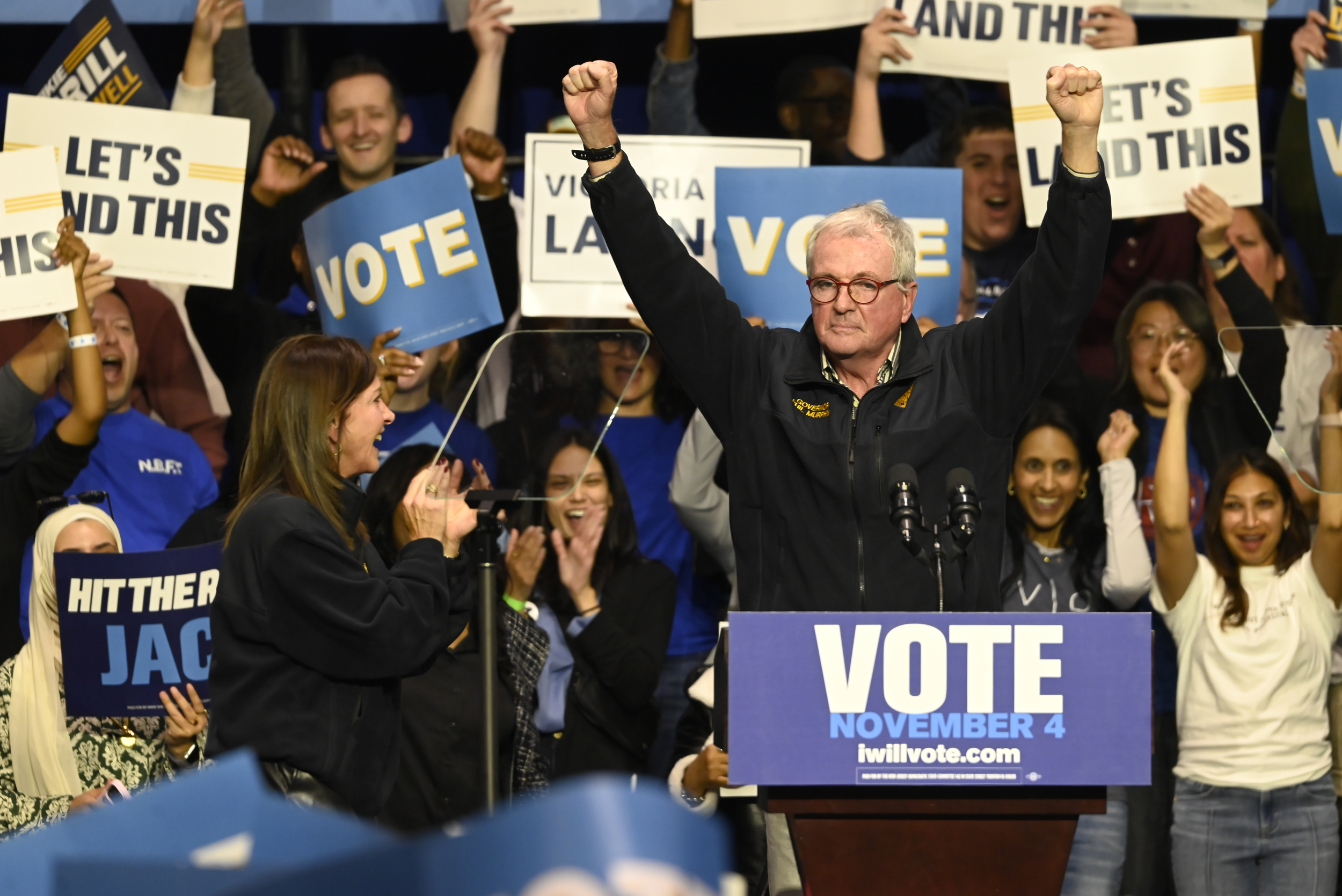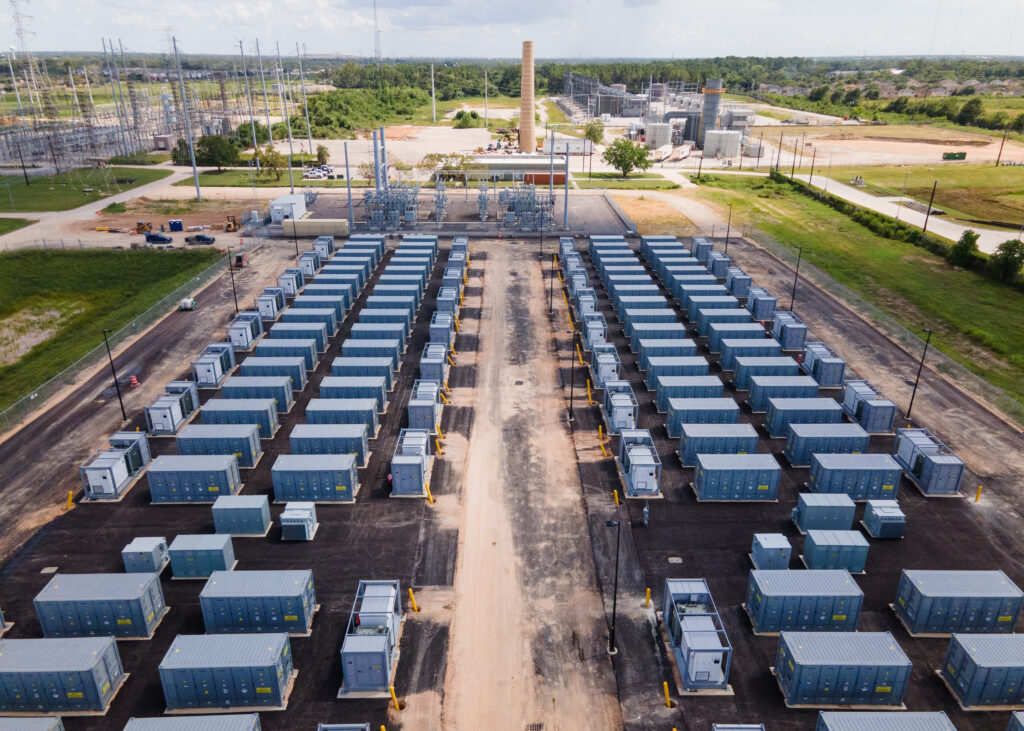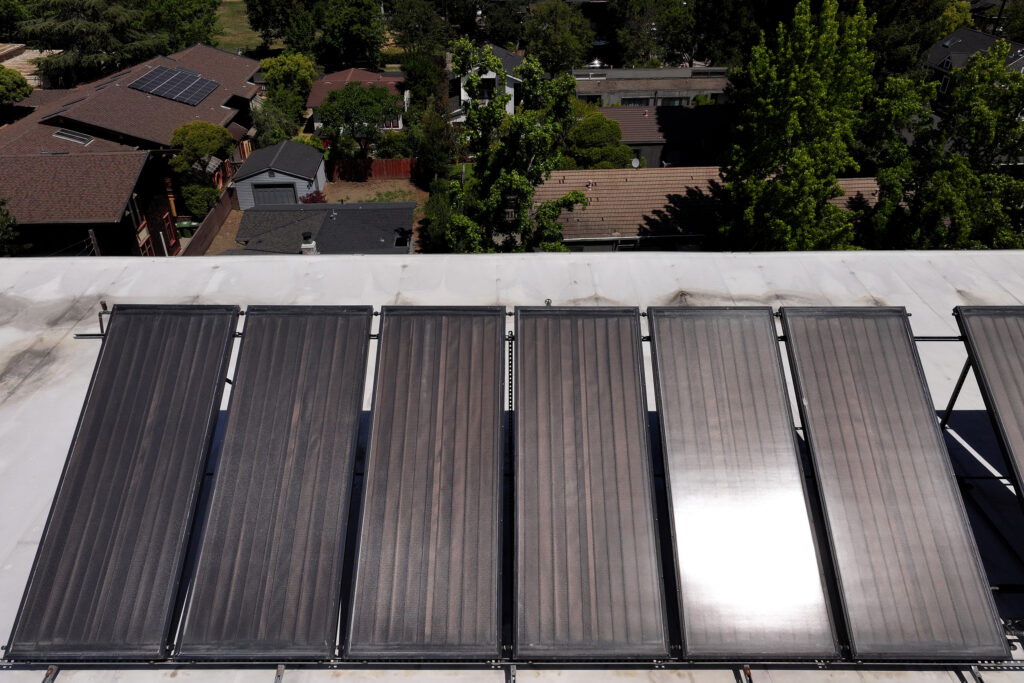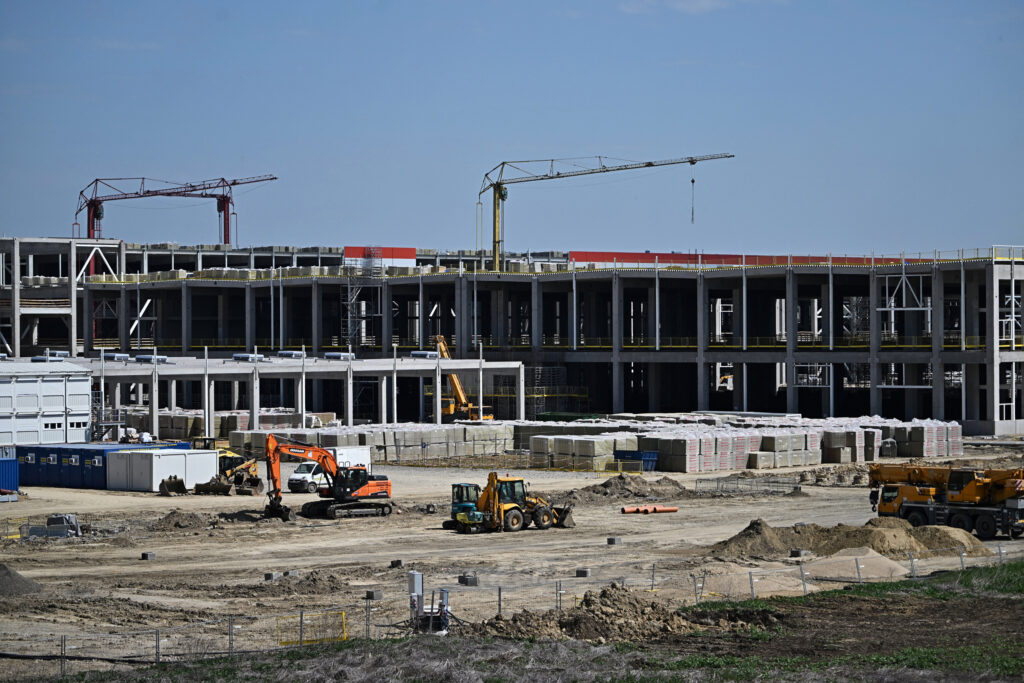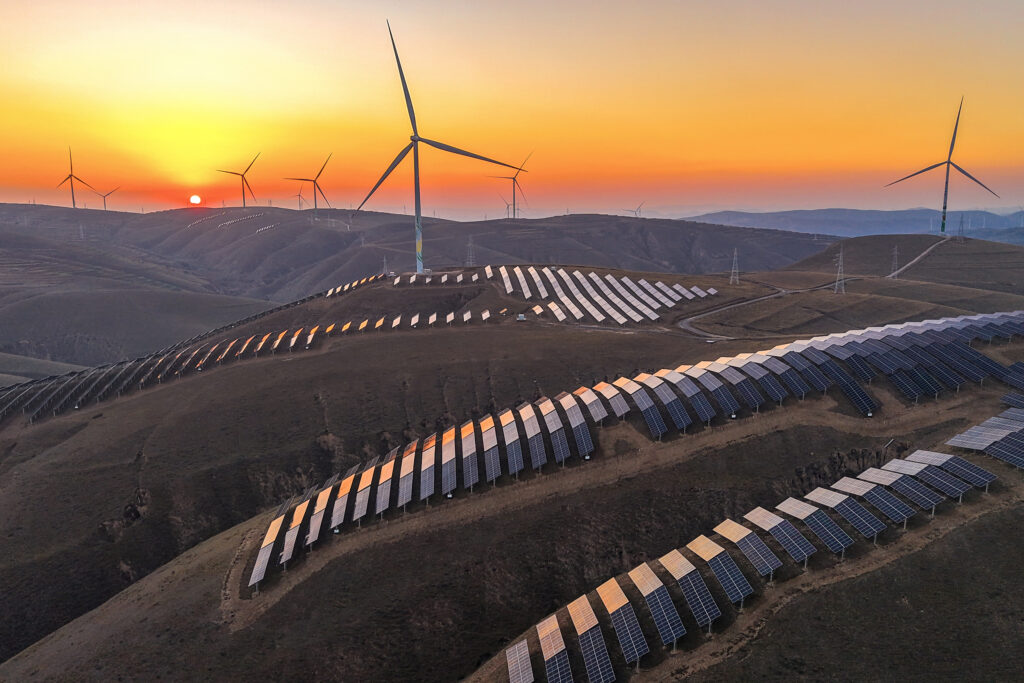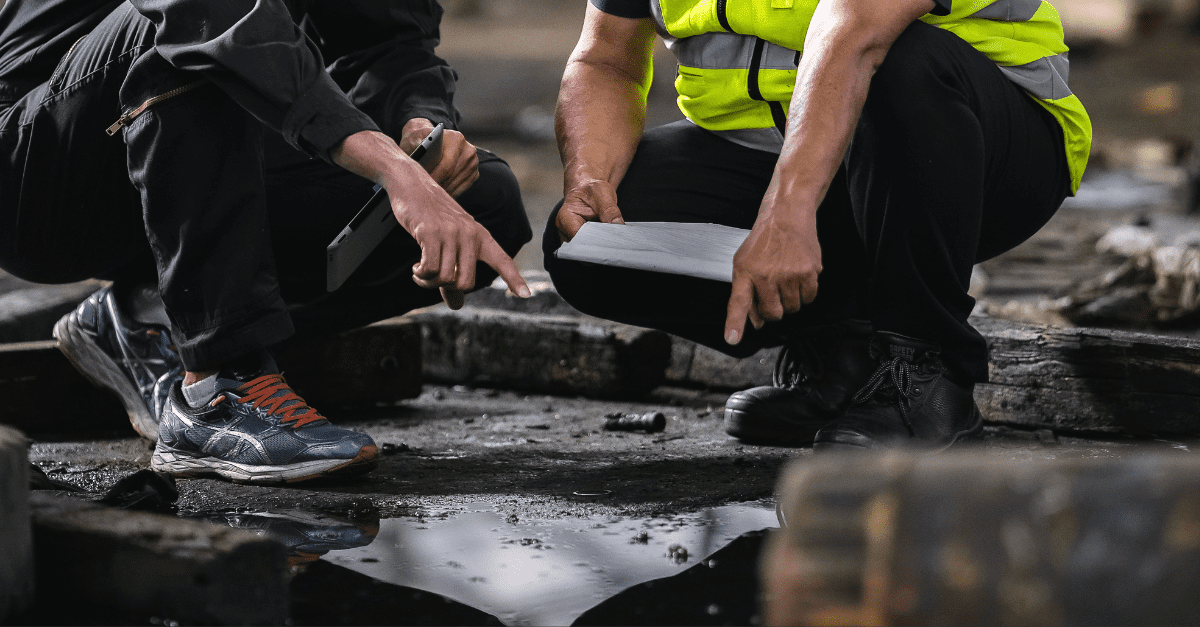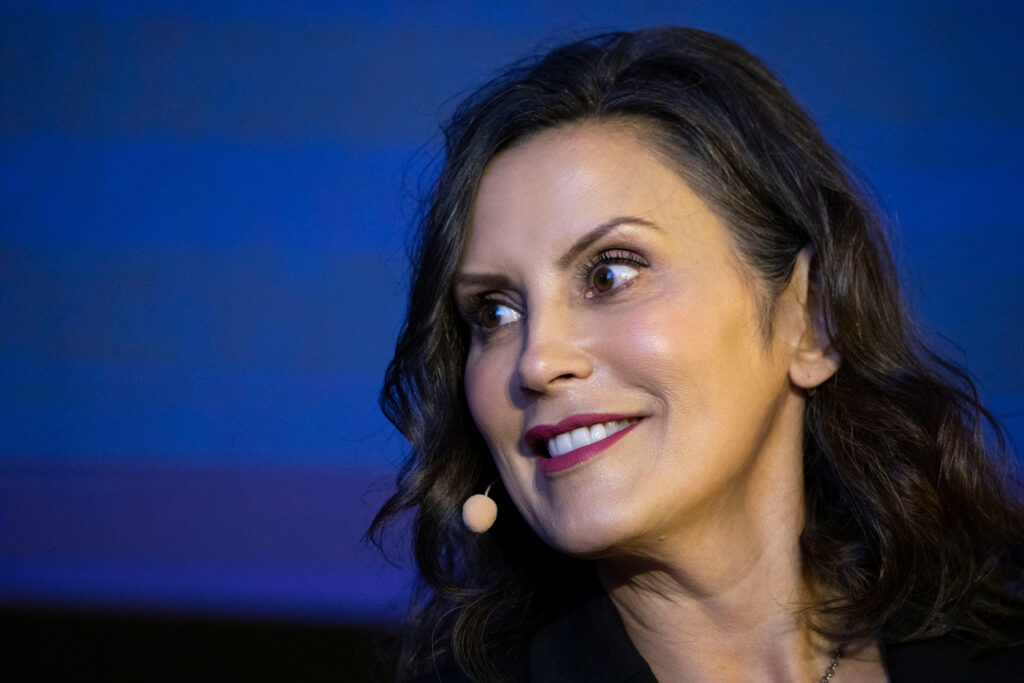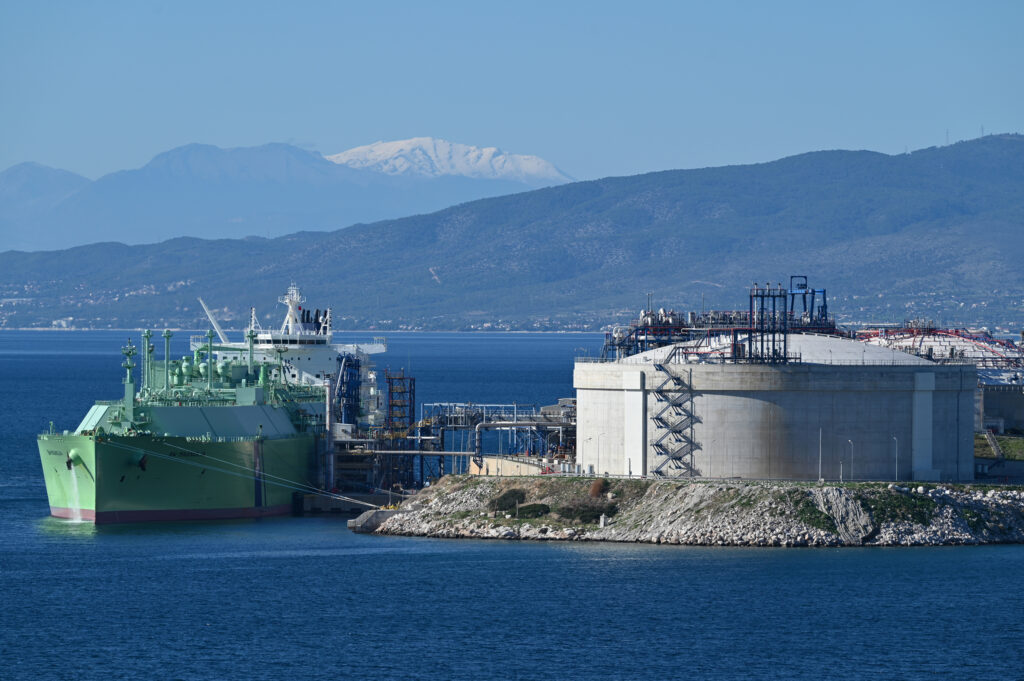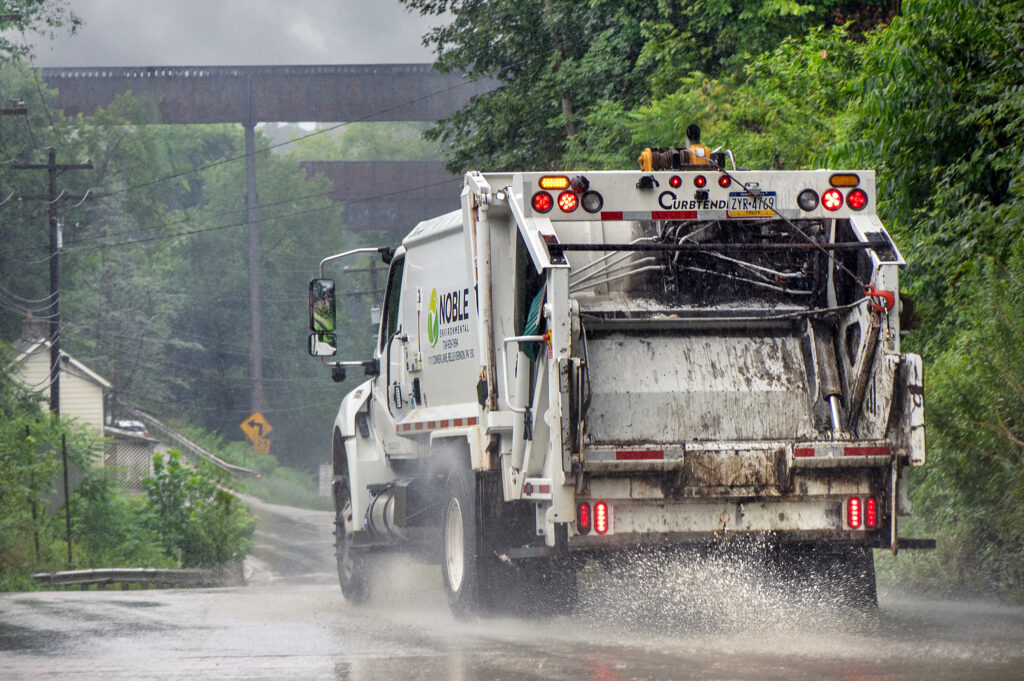From our collaborating partner “Living on Earth,” public radio’s environmental news magazine, an interview by host Steve Curwood with Inside Climate News reporter Phil McKenna.
One sign of hope for the climate crisis may be geothermal energy. You may have heard about deep geothermal, like the plants in Iceland that typically involve wells up to 5,000 meters and can extract heat up to 200 degrees Celsius, producing steam to make electricity.
But there’s also shallow, or surface, geothermal which goes down 500 meters or less and taps into the relatively constant temperature of the close-to-the-surface Earth, which sits around 55 degrees Fahrenheit.
Shallow ground-source heat pump systems circulate fluids into that 55 degrees environment and bring them up to condensers that extract heat during cold weather months and send heat underground during the hot summer. The process is more efficient than air-coupled heat pumps, and according to the U.S. Department of Energy, geothermal has the potential to heat and cool tens of millions of homes. But the up-front costs are large, so pilot projects like one in Framingham, Massachusetts, are using the deep pockets of gas utilities to build geothermal networks that collect affordable payments from individual customers over time.
Phil McKenna has been covering shallow geothermal projects across the states. This interview has been edited for length and clarity.
We’re hiring!
Please take a look at the new openings in our newsroom.
See jobs
STEVE CURWOOD: How big a deal are these shallow geothermal systems here in the United States? How many homes are using these things?
PHIL MCKENNA: I think there’s about 1 million now. But there was a recent report that came out by the U.S. Department of Energy that said by 2035 these could be heating and cooling 7 million homes across the country, and by mid-century, 36 million homes. They’ve been around for a while. The technology isn’t new. What is new is a business model where gas utilities, of all people, are really getting behind this and using it as a way to transition off of fossil fuels. By doing so, they are able to ramp up from one-off homes to doing this for entire neighborhoods, decarbonizing all at once.
CURWOOD: One could say that trying to get rid of fossil fuels means that gas utilities will be going away. What’s in it for gas utilities to get involved with shallow geothermal?
MCKENNA: Here in Massachusetts, the state has told utilities that by 2050 there’s going to be no more burning gas for heating, so you either have to find a different business model or go out of business.

And something really interesting happened here a few years back, where climate advocates in Massachusetts had previously been at the throats of the gas companies, really calling them out for all the gas leaks. Methane, as you know, is a primary component of natural gas; if a little bit of it leaks on the way to an end user, it has a tremendous climate impact. So the advocates were calling them out for their gas leaks and really butting heads with the industry really not getting anywhere on reducing those emissions.
Then there was a key moment where three advocates, three women, sat down with three executives, three men from a gas utility, and they started to have a conversation. And it started when one of the advocates, Zeyneb Magavi, now the executive director of HEET, said, “You know, look, we’re not here to attack you, but we have children, and we’re concerned about their future.” And there’s kind of this awkward pause, and the executive who just moments before the meeting had been asked, you know, do you want attorneys present? Do you need a security detail? He declined both of those, and he responded and said, “You know, look, I have kids too, and I’m concerned about their future as well.” That allowed for a conversation to start and slowly, over time, there was a lot of trust building, working on actually going after gas leaks. But then it led to this other system where gas utilities would be transitioning off of gas entirely.
CURWOOD: Talk to me about the networks here. What is the geothermal energy network that the gas company would be installing and who plugs into it?
MCKENNA: The simplest system is a ground source heat pump, where you as an individual, at your home, drill a borehole or a well to tap into that underground heat and then have a heat pump connected to your home. When you combine it in a network, in the case of Framingham, that’s something like 31 buildings and approximately 130 individual customers all connected to this network. So a large bore field, large number of wells, and then about a mile loop connecting all the buildings. When you connect as a network, you get increased efficiency, and that has to do primarily with the different heating and cooling needs of different buildings.
A classic example would be a grocery store or an ice rink, which have tremendous cooling needs year-round. Even in the winter, they’re going to be dumping a lot of heat out of their building to cool down that ice or that refrigerated section. If you pair that with residential housing that has a lot of heating needs in the winter, you can push and pull heat between them for additional thermal savings.


CURWOOD: What’s the big picture here? How much geothermal energy can be built out across the United States? How about around the world?
MCKENNA: Around the U.S., that report that the DOE put out at the end of the Biden Administration said 36 million homes by 2050. Around the world is really interesting in that a member of the World Bank, the International Finance Corporation, is really looking at geothermal networks in a big way and hoping to provide funding to countries across the Middle East and central Asia, including Pakistan, Jordan, Turkey, trying to get, I believe, about 10,000 home equivalents in each country on these geothermal networks as an alternative to fossil fuels.
CURWOOD: These are really contentious and difficult times. What does this story tell us about the ways that we can move forward in the face of the climate emergency and, frankly, some of our social and political issues?
MCKENNA: I think it’s a real bright spot, perhaps a rare bright spot at the moment. And part of that is a lot of this isn’t dependent on federal funding. A lot of it is driven either through state funding or through the utilities themselves. And there’s been a real focus too on developing in environmental justice communities. A year ago Massachusetts released grants to 13 communities to develop geothermal network projects in their communities, in environmental justice communities, and those reports, those initial assessments, are just starting to come out.
If we continue on our current path where each individual homeowner puts in an air source and heat pump, there’s going to be fewer and fewer people left on the gas grid, and they’re going to be paying higher and higher costs, and those who are going to be the last to get off are going to be those least able to transition to an expensive new system. If instead, you can have a gas utility come in and put in a geothermal network for an entire community, it really levels the playing field for everyone to make that transition at the same time.
CURWOOD: OK, so this saves money, it builds social capital, it reaches across the divide. What am I missing? What’s wrong with this thing?
MCKENNA: The big issue at the moment is that initial cost, and I think there’s a lot of questions that remain to be resolved. Does this pencil out? We’re too early to know the answer to that yet.
Framingham Eversource said, “Look, you know, we learned a lot of things from this project. Chief among them is that it is incredibly expensive to go house by house and retrofit each house so that it can accept a ground source heat pump.” There were electrical upgrades. There was insulation, weatherization, mold that was found, asbestos in homes. To have to do a custom fit retrofit of each home to get everyone on the system is incredibly expensive, and what Eversource said is, “One of the things we’re going to do for our next project, we’re going to look at new construction, because it’s just going to be much more cost effective in the near term.”
About This Story
Perhaps you noticed: This story, like all the news we publish, is free to read. That’s because Inside Climate News is a 501c3 nonprofit organization. We do not charge a subscription fee, lock our news behind a paywall, or clutter our website with ads. We make our news on climate and the environment freely available to you and anyone who wants it.
That’s not all. We also share our news for free with scores of other media organizations around the country. Many of them can’t afford to do environmental journalism of their own. We’ve built bureaus from coast to coast to report local stories, collaborate with local newsrooms and co-publish articles so that this vital work is shared as widely as possible.
Two of us launched ICN in 2007. Six years later we earned a Pulitzer Prize for National Reporting, and now we run the oldest and largest dedicated climate newsroom in the nation. We tell the story in all its complexity. We hold polluters accountable. We expose environmental injustice. We debunk misinformation. We scrutinize solutions and inspire action.
Donations from readers like you fund every aspect of what we do. If you don’t already, will you support our ongoing work, our reporting on the biggest crisis facing our planet, and help us reach even more readers in more places?
Please take a moment to make a tax-deductible donation. Every one of them makes a difference.
Thank you,




